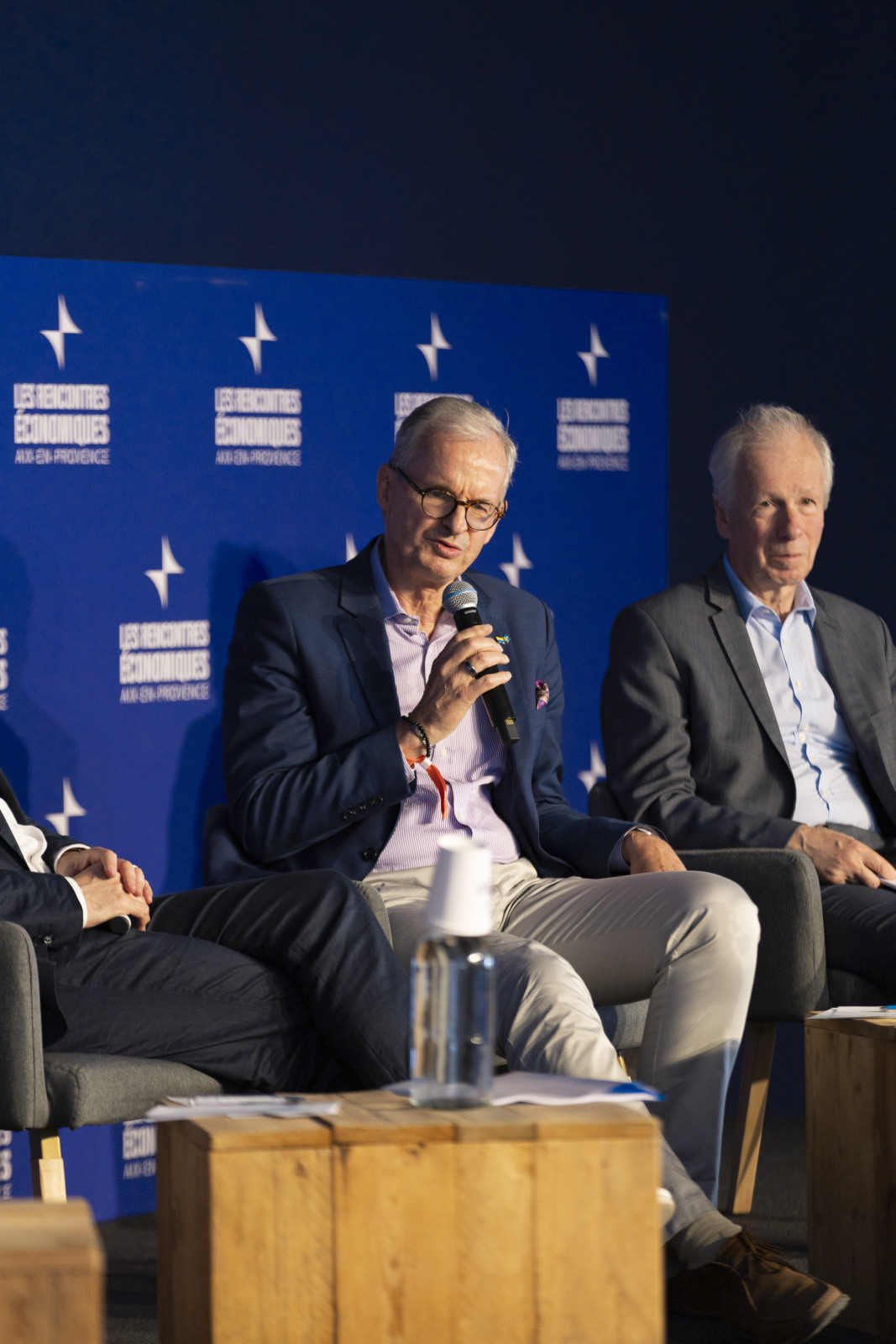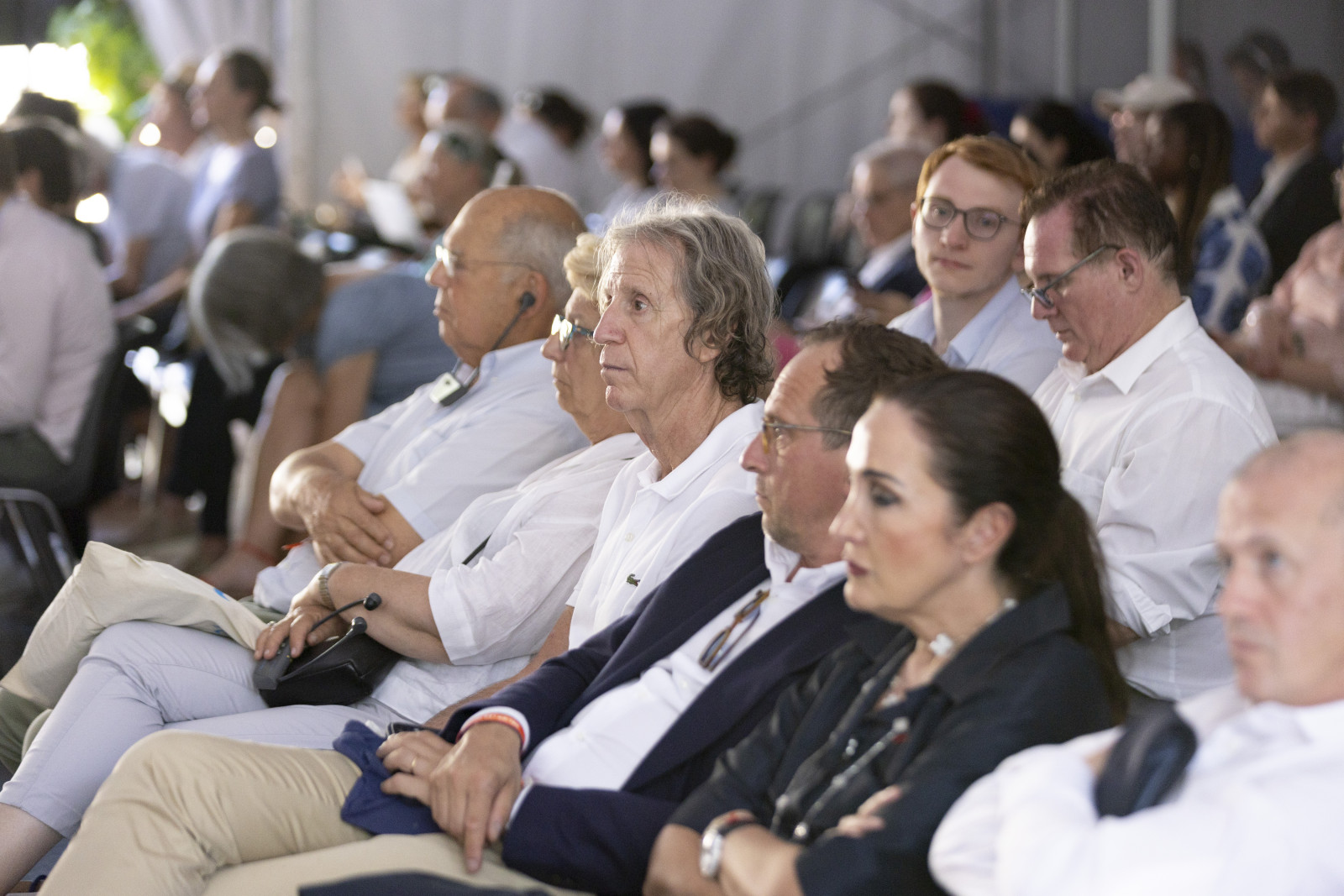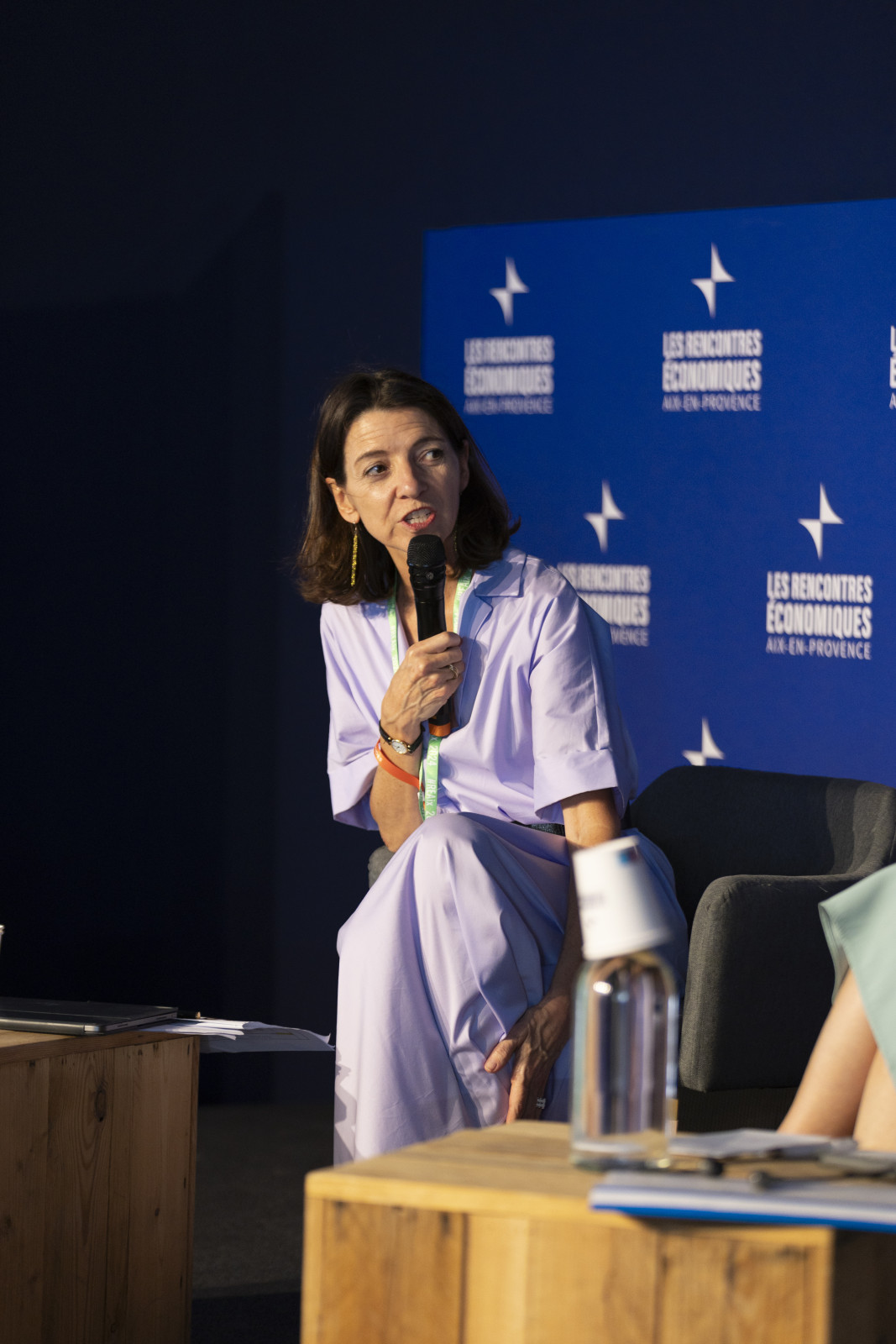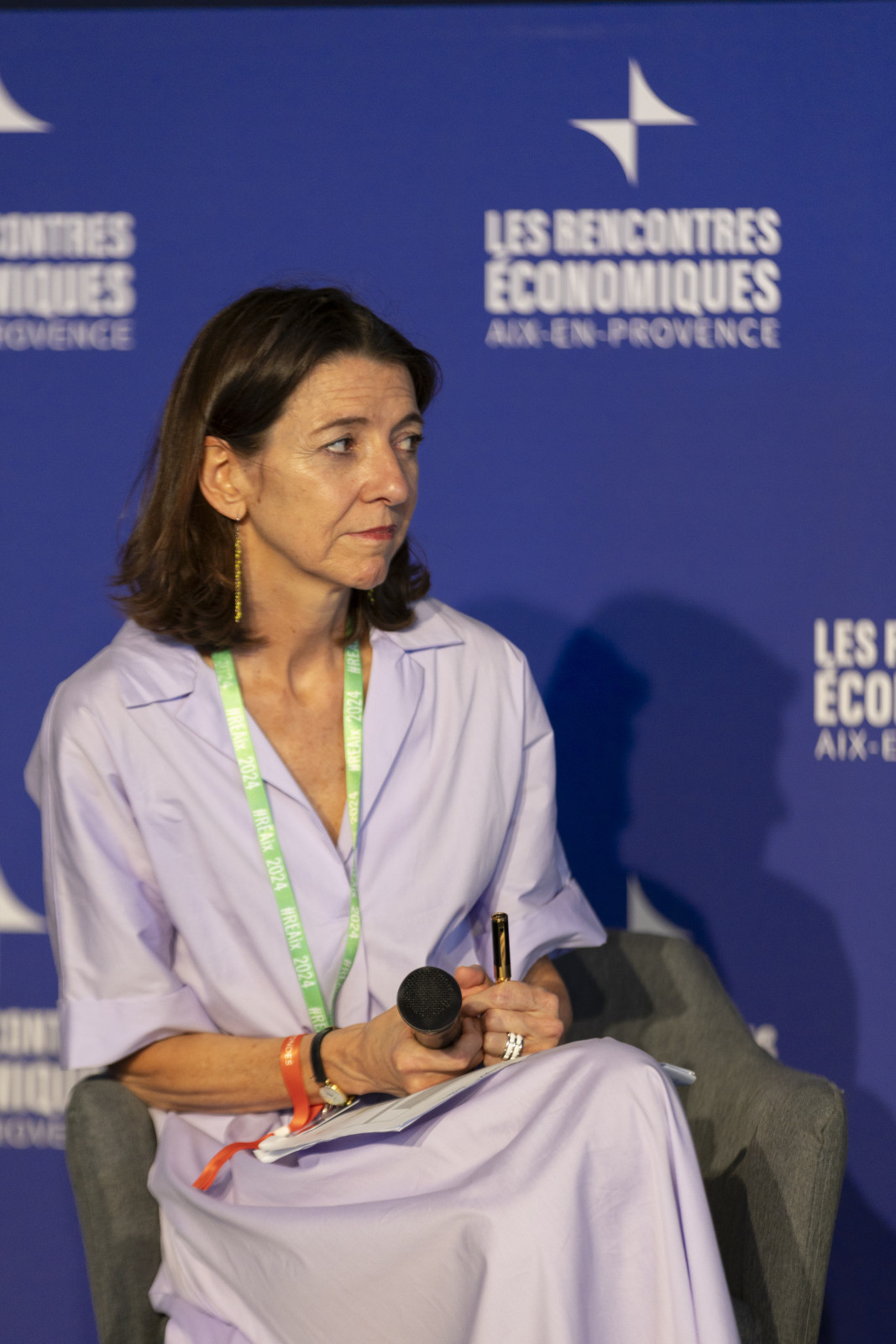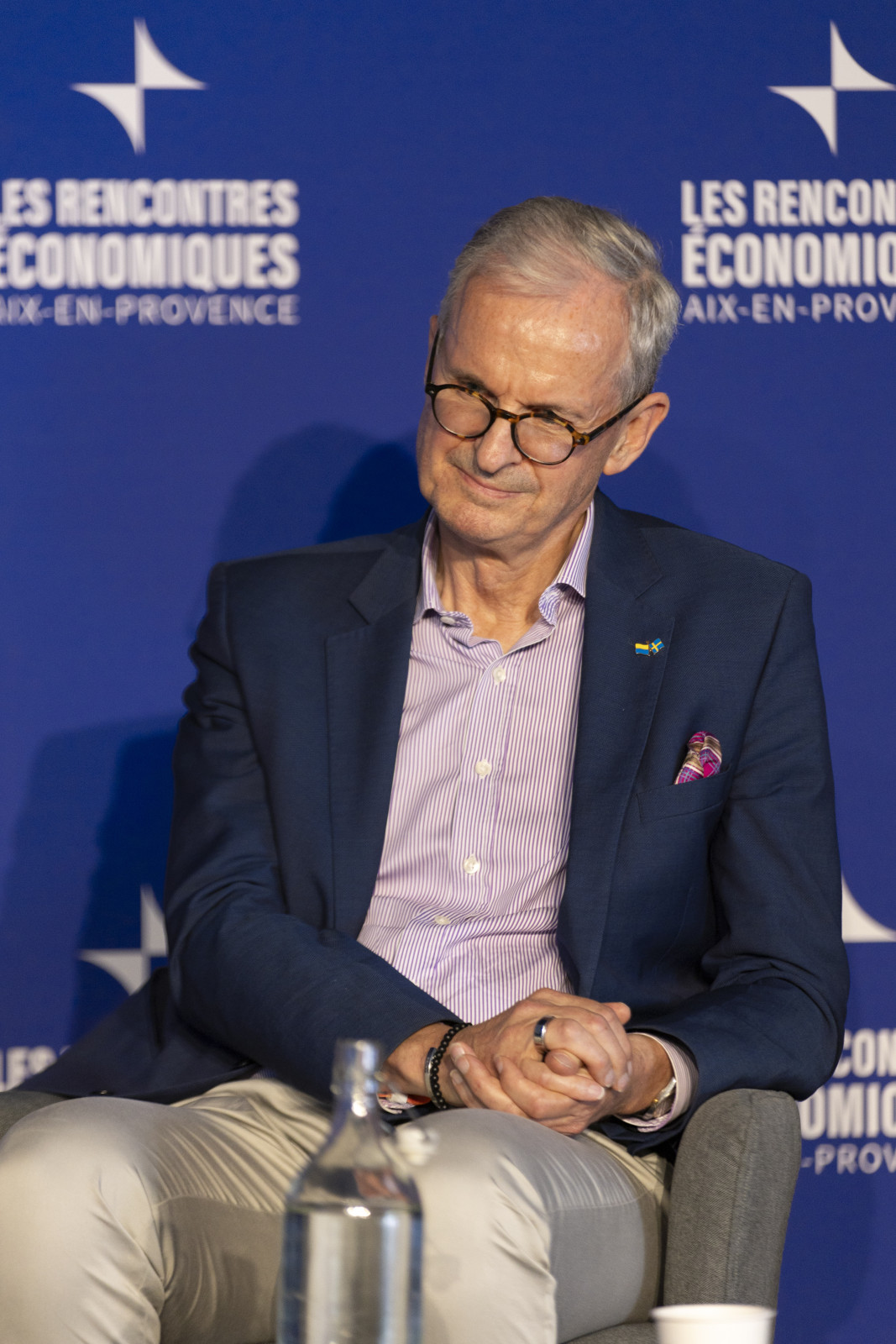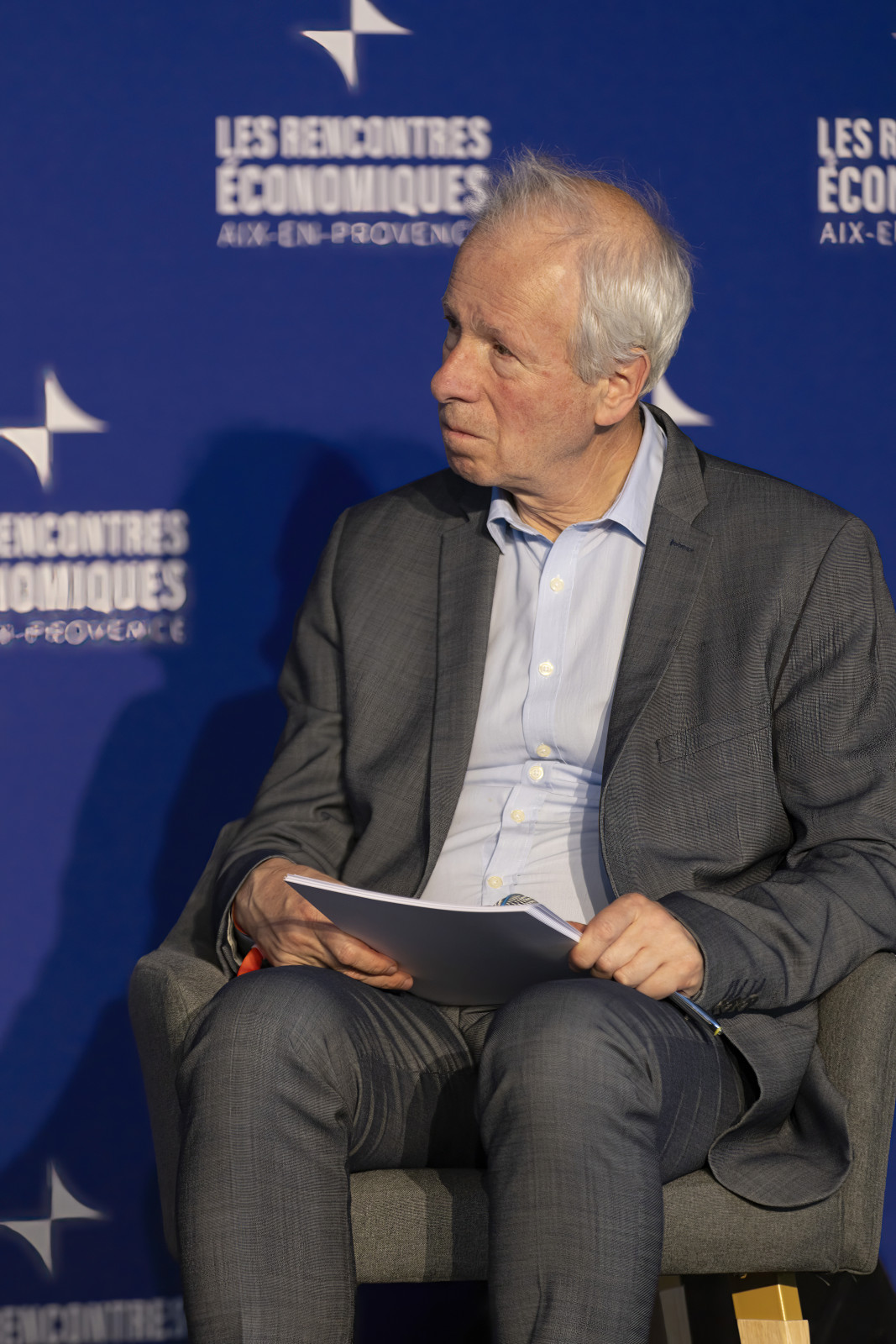A 28, 30, 40-member Europe : is more the enemy of good?
Overview
In many respects, the European Union (EU) is at a turning point in its construction. The EU’s last major enlargement took place twenty years ago, when it integrated the former Soviet powers into its fold. Since then, only one enlargement has taken place: that of Croatia in 2013.
For the EU, the 2010 decade was one of existential threats: sovereign debt crisis, Brexit, Covid. And yet, the EU has come out of it stronger than ever: more united and integrated than ever in the face of Covid (vaccines, debt mutualization) and, paradoxically, more governable following Brexit. The consequences of the Brexit cut short any desire on the part of other members to leave, highlighting the EU’s strengths.
The unfriendly trade policies of the United States, its traditional ally, and its military hesitations regarding Ukraine, have enabled the EU to make many advances in integration. Today, the enlargement project is once again being driven by the East, with Russia’s war accelerating the accession procedures for nine candidate countries. Can the Union survive further growth? How can we guarantee the successful integration of candidate countries and preserve European cohesion?
Speakers

-
Suède

-
Ambassadeur du Canada en France



Coordinator

Photo gallery
